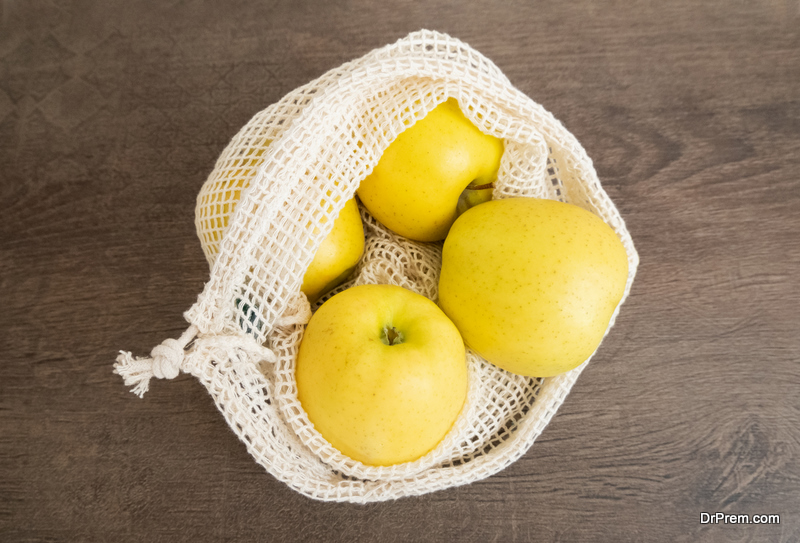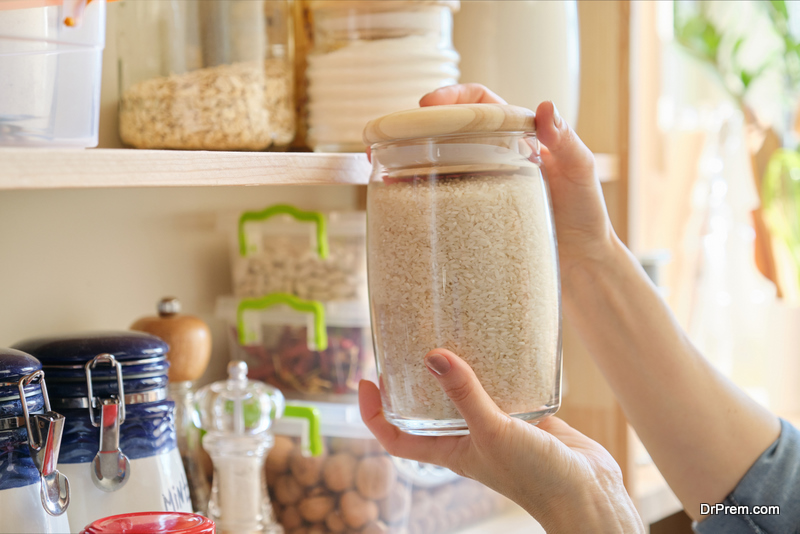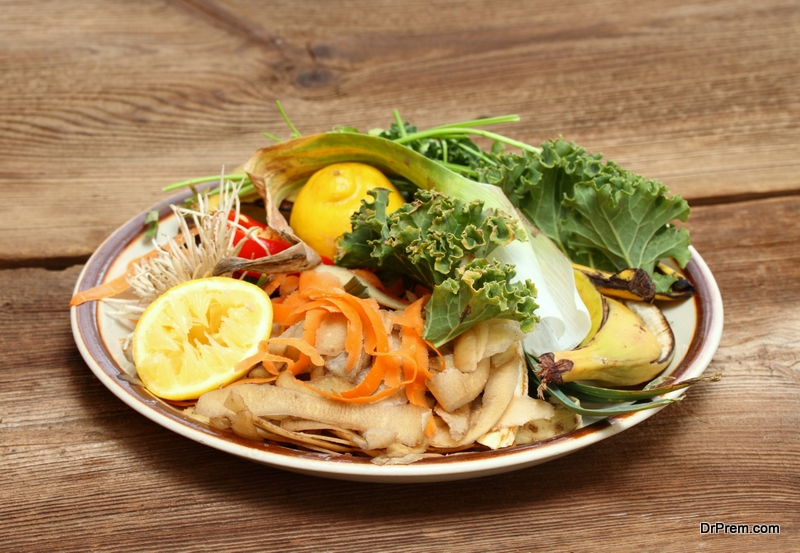There is an increased awareness today about how fragile our planet Earth actually is. With the ballooning population, we are recognizing that our resources are limited and so is space. We are destroying important ecosystems and converting the area to agriculture. At the same time, here in the U.S., we are converting farmland into subdivisions. We had become a throwaway society requiring more and more landfills to accommodate our waste. But all of that is changing! More and more people are moving toward a minimalist lifestyle by repurposing existing items, gardening with organic seeds and targeting a goal of zero waste.
Each time any of us make a conscious decision to use these principles, we are helping our environment. None of us are perfect. If we all try to do better, the collective impact will be astounding. Think of this as a process. It may mean eliminating bad habits. It may mean purchasing food with a focus on eliminating waste. It may mean preparing meals in a different way. Don’t try to do it all at once. The term zero waste seems impossible to achieve, but low-waste is doable. Here are some suggestions to help you get started.
1. Canvas grocery bags
 Purchase or make some bags that are reusable, will carry heavy items like canned goods and will last for years. Canvas is a popular material for this purpose, but if you sew, consider making some bags from repurposed jeans. The main goal is to eliminate single-use plastic bags from the grocery store.
Purchase or make some bags that are reusable, will carry heavy items like canned goods and will last for years. Canvas is a popular material for this purpose, but if you sew, consider making some bags from repurposed jeans. The main goal is to eliminate single-use plastic bags from the grocery store.
2. Replace plastic with glass
Plastic is the least biodegradable material in the kitchen. On top of that, more and more recycling facilities will no longer accept plastic for recycling. The problem is that it costs more to recycle plastic than to make new plastic. That doesn’t mean you should throw away all your plastic storage containers. Use them until they are no longer functional. However, anytime you need new containers, choose glass or stainless steel. Save the glass jars that held mayo or pickles and repurpose them to hold leftovers or cereal.
3. Use dishtowels and dishcloths
Don’t get rid of the paper towels, but be mindful of how you use them. Hands can be dried with a hand towel kept hanging on the dishwasher handle for that purpose. Wipe up spills with a cloth that is washable and reusable. Use a dishcloth for hand-washing any dishes or for wiping the counters or table.
4. Buy in bulk
 If you buy in bulk, there will be less packaging to dispose of. Create a space in your home for those bigger boxes. It could be in the basement, the garage or the bottom of your pantry. You can even break open the bags or boxes and store the product in those repurposed glass jars.
If you buy in bulk, there will be less packaging to dispose of. Create a space in your home for those bigger boxes. It could be in the basement, the garage or the bottom of your pantry. You can even break open the bags or boxes and store the product in those repurposed glass jars.
5. Eliminate plastic drink bottles
When water began to be offered in individual size bottles, it immediately became popular. It was convenient and achieved the goal of drinking more water. Unfortunately, these are single-use bottles that are filling our landfill at an alarming rate. In addition, many people dispose of the bottle inappropriately, and they are polluting our oceans, waterways and countryside. Replace these bottles with a good selection of reusable stainless steel drink containers. And if you already have a collection of them, don’t be afraid to refill them with filtered tap water or fill them and use them as ice packs in your cooler when you go to the beach.
6. Grow a Garden
Even if it is a container garden or a couple of pots on the balcony, anything you grow yourself will have less waste. There is no packaging necessary for the tomato you pick from your own plant! Use organic seeds and eliminate the use of chemicals. If a garden is not possible, purchase herb seeds and start a windowsill herb garden. And don’t forget: You can compost your clippings or vegetable ends and use it in your containers or garden next year.
7. Make vegetable stock
 Wait, before you compost… Instead of throwing away the ends of carrots or the leaves from celery, store in the freezer until you have enough to make a stock. Save leftover vegetables or small amounts of vegetables from the garden in the freezer. Add them to the stock and make a vegetable soup.
Wait, before you compost… Instead of throwing away the ends of carrots or the leaves from celery, store in the freezer until you have enough to make a stock. Save leftover vegetables or small amounts of vegetables from the garden in the freezer. Add them to the stock and make a vegetable soup.
8. Compost
It is estimated that about 20 percent of a landfill is food waste. This is all compostable material. If you don’t have room for an outdoor compost, check if your local recycling center composts. Another resource is the local farmers market. You may even find someone willing to take your kitchen waste for their own compost bin. To make it even more convenient, purchase a countertop compost container to hold your food scraps until you put them in the compost bin.
9. Wood or bamboo cooking utensils
Instead of large plastic spoons or spatulas, invest in wood or bamboo tools. These will last for years and when they are no longer useful, they are biodegradable. As an added bonus, they won’t scratch your pans either, which means your cookware will last longer.
There are many ways to make your kitchen a low-waste environment. Start small and gradually implement these low-waste techniques. And if you’re already doing all of these, there are even more ideas shared in Facebook groups and on Instagram channels. This movement is not going away, and more great ideas are coming out every day to keep you inspired and your kitchen waste low.
Article Submitted By Community Writer




